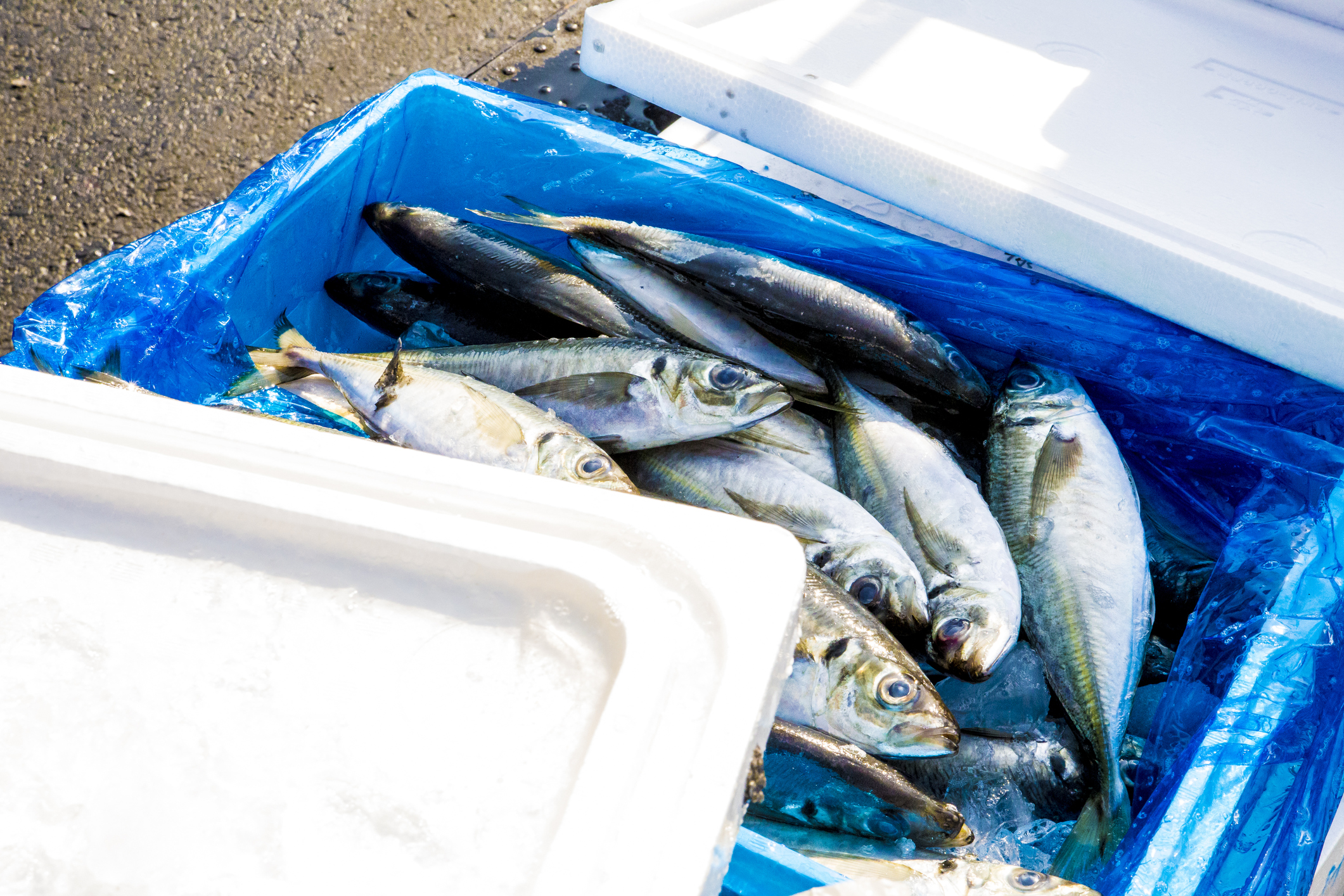
Agency must determine whether Pacific bluefin tuna should be protected under the Endangered Species Act.
Early every morning, Tokyo’s Tsukiji Market, the world’s largest fish market, is a hive of activity as fishermen auction off their prized—and, in some cases, pricey—catch to wholesale buyers. In fact, at one such auction in 2013, a 489-pound Pacific bluefin tuna sold for a then-record 155.4 million yen, which is approximately $1.76 million.
But, because of the booming market for tuna and concerns about overfishing, the National Marine Fisheries Service (NMFS) recently made a 90-day finding that there was sufficient evidence to conduct a full review to determine whether to list the Pacific bluefin tuna as endangered under the Endangered Species Act (ESA).
The finding responds to a petition submitted by the Center for Biological Diversity (CBD)—a nonprofit organization focused on “protecting the lands, waters, and climate that species need to survive”—on behalf of a group of environmental protection organizations. The CBD has secured protection under the ESA for hundreds of animals, including settling a lawsuit with the U.S. Fish and Wildlife Service to make the agency decide whether to protect 757 different species.
According to the petition, a recent assessment of the Pacific bluefin tuna population revealed that decades of overfishing had resulted in the bluefin population’s dipping to 2.6 percent of its unfished size. The petitioners argue that this represents “the edge of extinction” for the bluefin. The consequences of the extinction of the Pacific bluefin tuna could be catastrophic, and not just for our dinner plates: as an important apex predator, the bluefin occupies a sensitive place in the ecosystem.
To decide whether to protect the Pacific bluefin tuna, NMFS will consider the status of the tuna’s habitat, the tuna’s level of commercial utilization, any disease or predation that the tuna may experience, and the adequacy of current protections. Even though the tuna faces risks from habitat destruction, its primary problems stem from overfishing and the lack of satisfactory regulatory mechanisms that address overfishing.
In addition, the dramatic decline in the bluefin tuna population is alarming enough, but the raw figures may actually understate the problem. 80 percent of all fish caught are under one year of age. As a result, scientists have reported that recruitment—the number of new fish produced—is low. Taken together with the fact that most Western Pacific spawning tuna are approximately the same age, these low recruitment numbers hint that the tuna population is in serious danger.
Although listing the Pacific bluefin as endangered would prevent American exports of the fish, a threat would still loom: the classification would not extend to non-American waters. Currently, open-ocean tuna fishing in the Pacific is regulated by two regional fisheries management organizations: the Inter-American Tropical Tuna Commission (IATTC) and the Western and Central Pacific Fisheries Commission (WCPFC). Both the IATTC and the WCPFC currently have population management procedures in place.
However, according to the petition, IATTC’s past catch quotas were set without reference to commonly accepted scientific standards, and the WCPFC’s tuna population rebuilding plan is not nearly aggressive enough. The United States has adopted IATTC catch quotas, despite the fact that the U.S. commercial catch has not reached the current IATTC annual quota this millennium.
Furthermore, listing the tuna as endangered would make it illegal to catch and kill bluefins in American waters, in addition to barring American possession or importation of the fish. Those protections may not be sufficient to protect the population, though, since the United States is reportedly only responsible for about 3 percent of Pacific bluefin imports. Moreover, an American designation as endangered would not be strong enough to bind other countries, especially Japan, which accounts for 80 percent of the global Pacific bluefin catch and is the world’s leading fish importer.
Indeed, Japanese opposition has scuttled a prior international attempt to impose stricter regulations on tuna fishing. In 2010, the United Nations blocked an American-led proposal to ban international trade in the Atlantic bluefin tuna. Japan led the opposition to the proposal, reportedly expressing concerns about the bluefin population but also arguing that the United Nations was not the proper organization to regulate tuna fishing. Japan’s resistance against the proposal allegedly struck a chord with other fishing-dependent countries that were worried about this intrusion into commercial fishing.
Under the ESA, if a petition like the one sent by the CBD is found to contain “substantial scientific or commercial information” that indicates the action requested by the petition may be warranted, NMFS is then required to undertake a more thorough review. Through this review, NMFS will determine whether to classify the Pacific bluefin tuna as endangered or threatened, or neither.
NMFS’s final decision on whether or not to list the Pacific bluefin tuna as endangered is due June 20, 2017, a year after the receipt of the petition.



